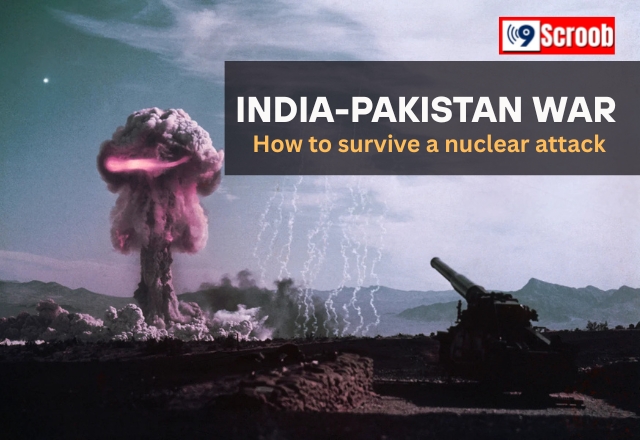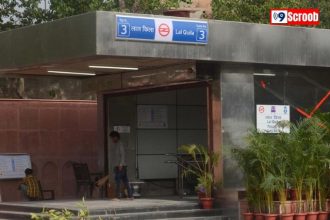India to Conduct Mock Drills in 200+ Cities Amid Rising Tensions with Pakistan: How to Survive a Nuclear Attack
Amid escalating tensions with Pakistan following the recent Pahalgam terror attack, India is preparing to conduct mock drills in over 200 cities to enhance civil defence readiness. According to a communication from the Ministry of Home Affairs, the drills will focus on preparing civilians and authorities for a potential hostile attack, including a nuclear strike.
Key measures during these mock drills will include the activation of air-raid warning sirens, training civilians in civil defence techniques, and cleaning out bunkers and trenches to ensure they are operational.
Other important steps involve implementing blackout measures, camouflaging vital installations, updating and rehearsing evacuation plans, and testing communication systems such as hotlines and radio links with the Indian Air Force (IAF). The drills will also check the functionality of control rooms and backup or “shadow” control centers.
These nationwide drills come in response to Pakistan’s recent nuclear threats, underscoring the need for public awareness and preparedness.
How to Survive a Nuclear Attack
In the event of a nuclear attack, survival depends on three critical factors: distance, shielding, and time. The American Red Cross recommends the following guidelines:
1. Distance
The farther you are from the blast and radioactive fallout, the lower your risk of exposure. Seek shelter in underground areas such as basements or subway stations, which provide better protection than upper floors or open spaces.
2. Shielding
Put as much dense material as possible between yourself and the fallout. Concrete walls, bricks, packed earth, and even stacks of heavy books can help reduce radiation exposure.
3. Time
Radiation from fallout is most dangerous in the first few hours to days after the explosion. Stay sheltered for at least 24 hours unless authorities say it is safe to leave. After two weeks, radiation drops to about 1% of its original level.
What to Do Before a Nuclear Blast
Build an Emergency Kit
Prepare a kit with essentials such as water, non-perishable food, medications, flashlights, batteries, and a radio to stay informed.
Create a Family Emergency Plan
Discuss in advance where family members will meet, how you will communicate if separated, and what each person should do during a nuclear event.
Identify Fallout Shelters Nearby
Ask local authorities about public fallout shelters in your area. If none are designated, identify safe places such as basements, tunnels, or interior rooms with no windows where you could shelter in case of an attack.
Stay Informed
Learn how your local government will communicate nuclear emergencies, whether via sirens, emergency alerts, text messages, or radio broadcasts. Make sure you’re signed up for alerts and know where to tune in for official updates.
Pahalgam terror attack- As India strengthens its preparedness through these large-scale mock drills, public awareness and readiness remain critical. Following these steps can increase your chances of survival and safety in the unlikely event of a nuclear attack.














